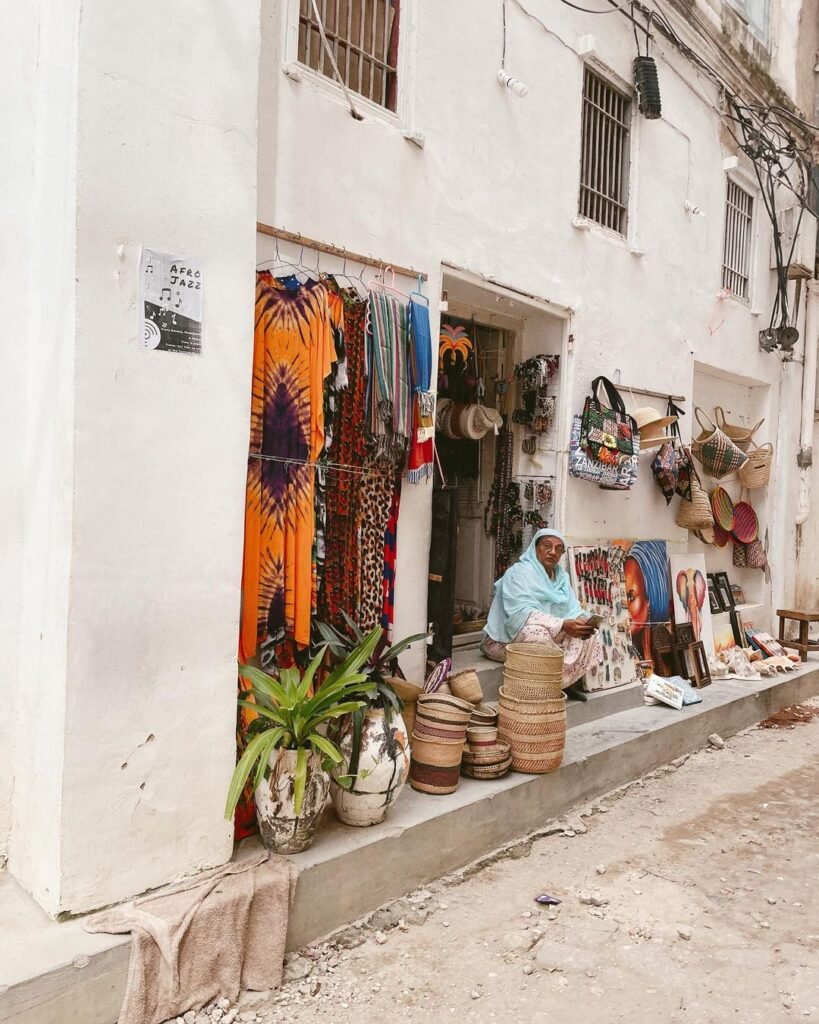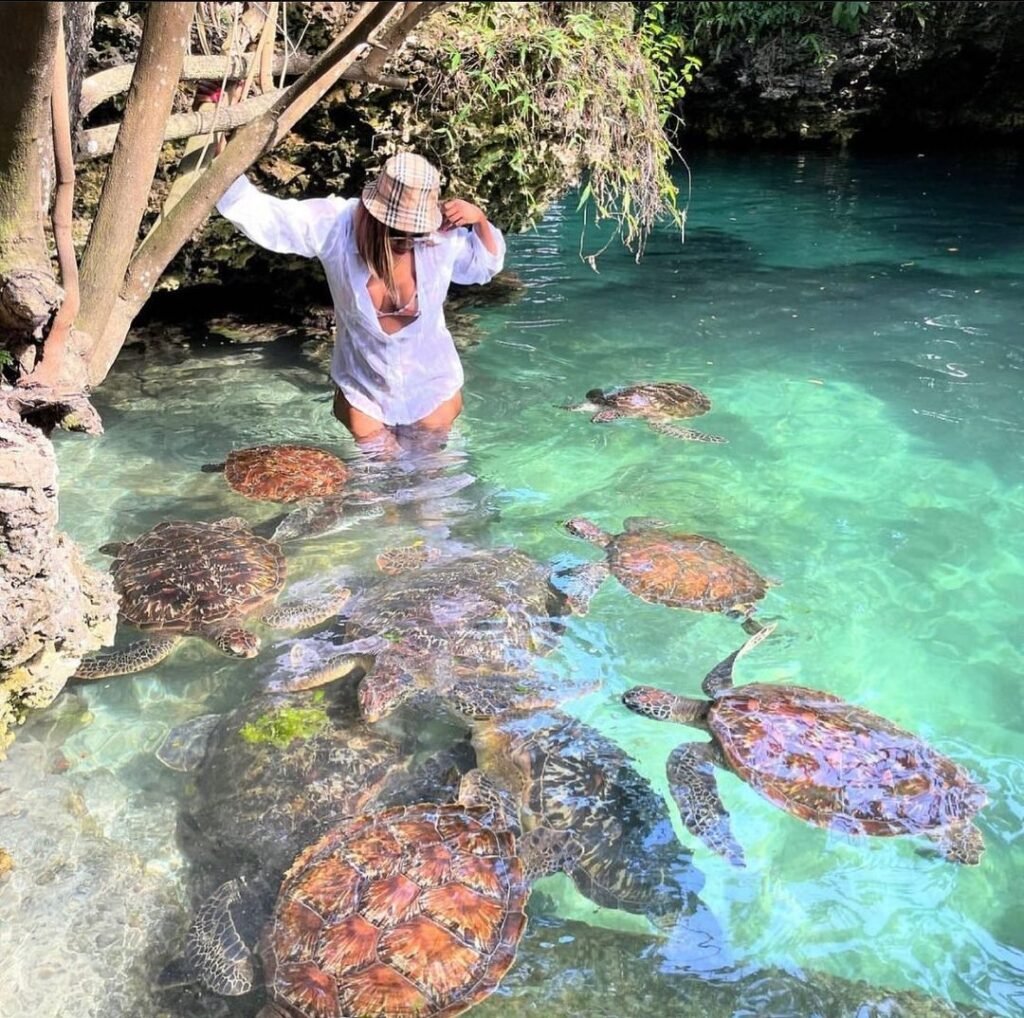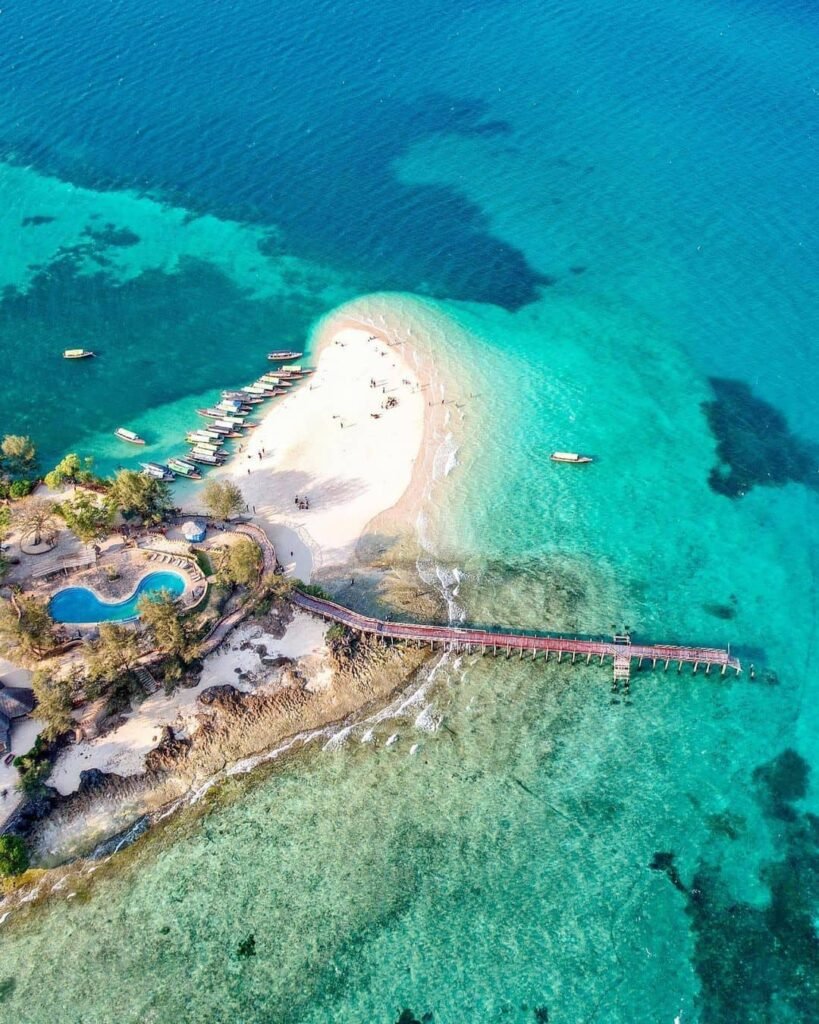Zanzibar Excursions
- Home
- Zanzibar Excursions

A tour of Stone Town, Zanzibar’s historic heart, is a fascinating journey through a vibrant tapestry of history, culture, and architecture. Stone Town, a UNESCO World Heritage site, is characterized by its narrow, winding streets, ancient buildings, and a blend of Swahili, Arab, Persian, and Indian influences. Key sights include the House of Wonders, the Old Fort, and the Sultan’s Palace. Don’t miss the vibrant Forodhani Gardens night market for local street food. Here are some of the activities that will make you a wonderful Stone Town experience:
Historic Sites and Landmarks
Sultan’s Palace (Beit al-Sahel)
Old Fort (Ngome Kongwe)
House of Wonders (Beit-al-Ajaib)
St. Joseph’s Cathedral
Local Markets and Bazaars
Forodhani Gardens
Darajani Market



Cultural Experiences

Spice Tour (in conjunction with a Stone Town tour)
Zanzibar is known as the “Spice Island,” and a tour of spice farms near Stone Town gives insights into the island’s spice trade history.
Learn about the cultivation of spices like cloves, nutmeg, and cinnamon, and see how they are processed. The tour often includes a chance to sample fresh spices and local dishes.

Local Art and Craft Shops
Stone Town is home to numerous shops selling traditional Zanzibari crafts, textiles, and art.
Browse for handcrafted souvenirs such as carved wooden masks, intricate jewelry, and vibrant kanga fabrics. Support local artisans and find unique gifts.
Architectural Highlights
Zanzibar Old Dispensary (Beit el-Sahel)
Hammamni Persian Baths
Walking Tours
Consider joining a guided walking tour to gain a deeper understanding of Stone Town’s history and culture.
Knowledgeable guides provide historical context, stories, and insights into the architecture and culture of Stone Town, making the exploration more enriching.
Self-Guided Walking Tour
If you prefer exploring at your own pace, use a map or a self-guided tour app to navigate Stone Town.
Focus on the key landmarks and hidden gems at your own pace, discovering charming alleyways and local cafes along the way.
Additional Tips
- Dress Modestly: Respect local customs by dressing modestly when visiting religious and cultural sites.
- Stay Hydrated: Stone Town can be hot and humid, so carry water and stay hydrated.
- Be Aware of Your Belongings: Keep an eye on your belongings, as crowded markets and busy streets can be prone to pickpocketing.
- Local Etiquette: Greet locals with a friendly “Jambo” and be respectful of cultural norms.
Stone Town’s rich tapestry of history, culture, and architecture makes it an unforgettable destination. Whether you’re wandering its ancient streets, sampling local delicacies, or immersing yourself in its vibrant markets, there’s always something new to discover in this captivating part of Zanzibar.
Diving and Snorkeling
Mnemba Atoll
Mnemba Atoll is one of Zanzibar’s most renowned dive sites, known for its spectacular coral reefs and diverse marine life. Dive sites around Mnemba feature healthy coral gardens, schools of colorful fish, sea turtles, and occasional sightings of manta rays and dolphins. Snorkelers can enjoy similar sights with the added benefit of shallower waters.
Pemba Island
Pemba, Zanzibar’s northern neighbor, offers less crowded but equally impressive dive sites. Pemba is known for its dramatic drop-offs, rich coral reefs, and abundant marine life. Key sites include the Misali Island Marine Conservation Area, which is home to an array of reef fish, turtles, and occasional whale sharks.
Tumbatu Island
Located to the northwest of Zanzibar Island, Tumbatu offers pristine reefs and fewer tourists. Tumbatu’s dive sites feature vibrant coral reefs, diverse marine species, and clear visibility. It’s ideal for both experienced divers and those new to the sport.
Jozani Bay
While not as well-known for diving, Jozani Bay offers snorkeling opportunities with a focus on mangrove ecosystems. Explore the shallow waters around the mangrove forest and discover unique marine life adapted to these coastal environments.
Kizimkazi
Located on Zanzibar’s southern coast, Kizimkazi is famous for its dolphin tours. Snorkelers can often swim with dolphins in their natural habitat. The area also features interesting coral reefs for snorkeling and diving.
Marine Life to Expect

Coral Reefs

Fish Species

Turtles

Manta Rays and Whale Sharks
Additional Tips
Equipment
Most dive shops provide equipment rental, but bringing your own gear is often more comfortable. Ensure your gear is in good condition and properly fitted.
Preparation
If you’re new to diving or snorkeling, consider a brief refresher course or practice session. Familiarize yourself with the local marine life and environmental guidelines.

Visiting Prison Island
Just a short boat ride from Stone Town, Prison Island (also known as Changuu Island) offers a glimpse into Zanzibar’s colonial past. It was once a prison and quarantine station. Today, it’s famous for its giant tortoises, which you can feed and interact with. The island also has beautiful beaches and great snorkeling spots. Visiting Prison Island offers a blend of historical exploration, wildlife encounters, and relaxation. Whether you’re interested in the island’s history, enjoying the company of giant tortoises, or simply soaking up the sun on a beautiful beach, Prison Island is a memorable destination in Zanzibar.
Historical Significance
Prison Island was originally intended as a quarantine station for cholera and other diseases during the late 19th century. It was later used as a prison, though it never housed many prisoners.
The island still has remnants of its historical buildings, including the old prison, which adds a layer of historical intrigue to the visit.
Wildlife Encounters
The island is famous for its population of giant Aldabra tortoises, which were brought from the Seychelles in the 19th century.
You can see these magnificent creatures up close, feed them, and learn about their conservation. The tortoises are gentle and enjoy interaction with visitors.
In addition to the giant tortoises, you may encounter other wildlife on the island.
Look out for various bird species and the occasional monkey. The island’s natural environment supports a diverse range of flora and fauna.
Exploring the Island
Take a guided tour or explore the island on your own. The island’s layout is relatively straightforward, making self-guided exploration easy. Visit the old prison building, wander through lush gardens, and enjoy panoramic views of the surrounding ocean.
Beaches and Swimming
Prison Island features beautiful, sandy beaches with clear waters. Relax on the beach, swim, and enjoy the tranquil surroundings. The waters around the island are generally calm, making it a pleasant spot for a dip.
Activities and Attractions
The waters around Prison Island offer good snorkeling opportunities. Explore the underwater world, which includes coral reefs and various marine species. Bring your own snorkeling gear or rent it from local operators.
Photography
The island offers fantastic opportunities for photography. Capture the giant tortoises, scenic views of the island, and the beautiful coastline. Early morning or late afternoon provides the best light for photos.
Picnicking
There are designated picnic areas where you can enjoy a meal. Pack a picnic or purchase food from vendors on the island. Enjoy your meal with a view of the ocean and the island’s lush greenery.
Getting There
Boat Trips: Boat trips to Prison Island are easily arranged from Stone Town. Choose from private or shared boat trips. The journey typically takes about 30 minutes. Some operators offer half-day or full-day excursions that include additional activities.
Practical Tips
Essentials: Bring sunscreen, a hat, swimwear, and a camera. If you plan to snorkel, bring your own gear or rent it beforehand.
Comfort: Wear comfortable shoes for walking and exploring the island. Flip-flops or sandals are suitable for the beach.
Water: Drink bottled water to stay hydrated.
Safety: Follow local guidelines and respect wildlife. Avoid disturbing the tortoises and other animals.
Environmental Protection: Be mindful of the environment and avoid littering. Use eco-friendly products and respect the island’s natural beauty.

